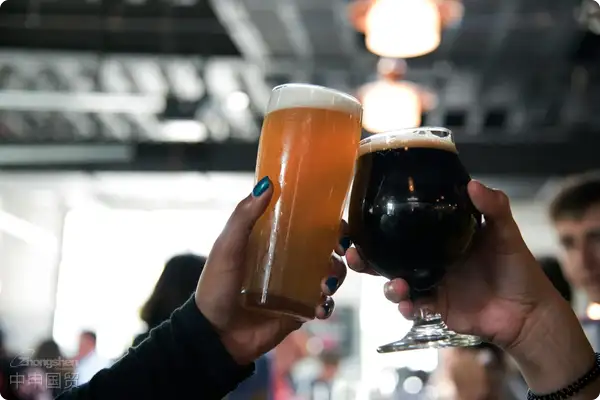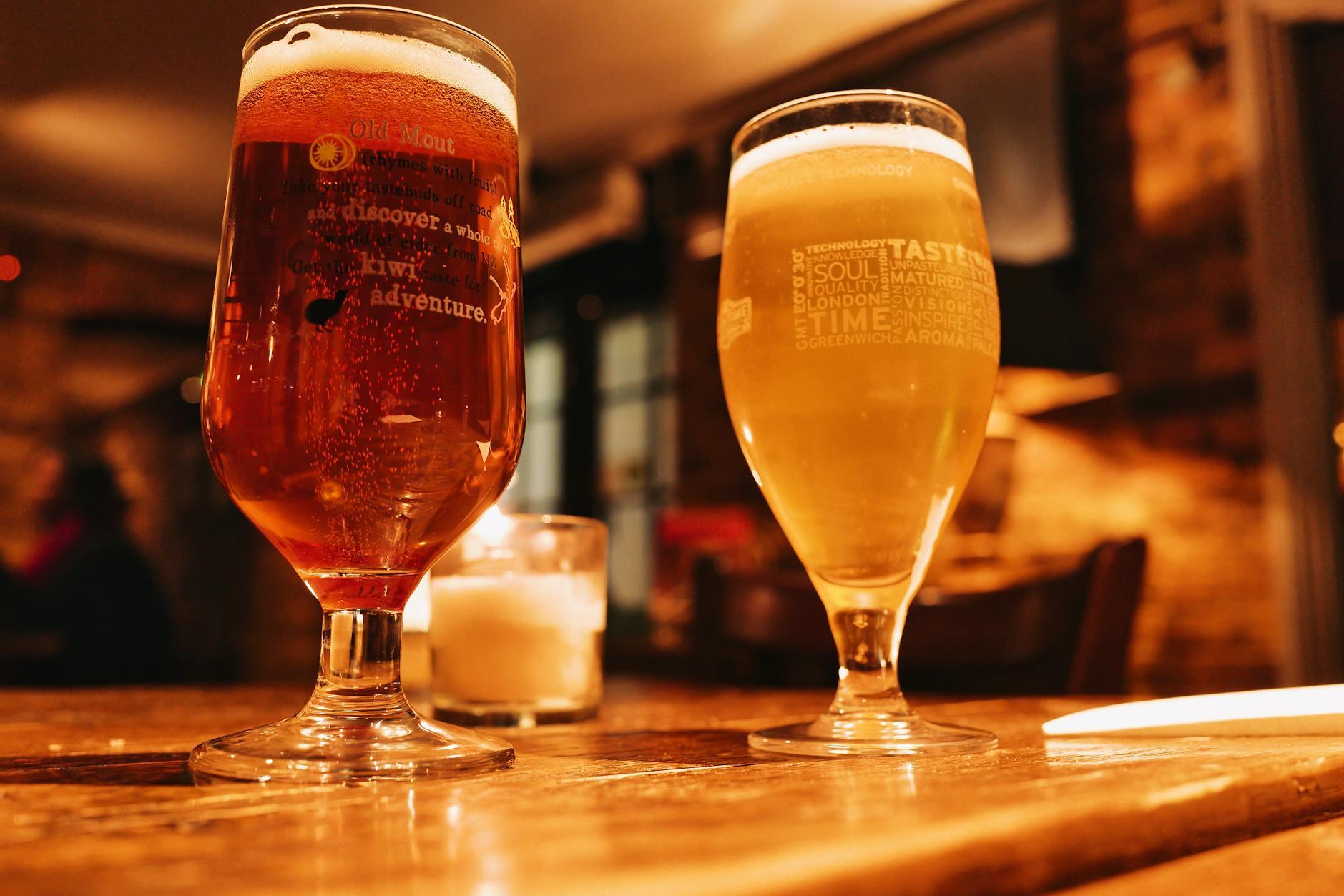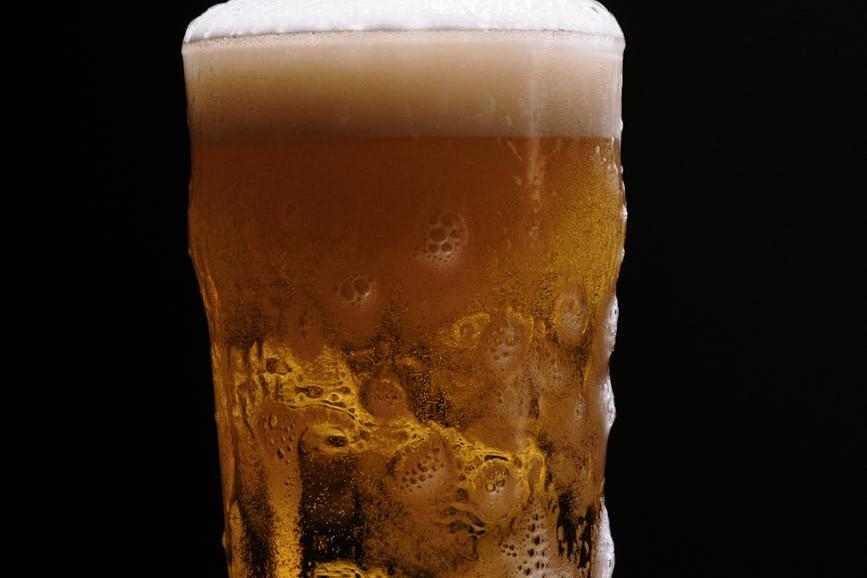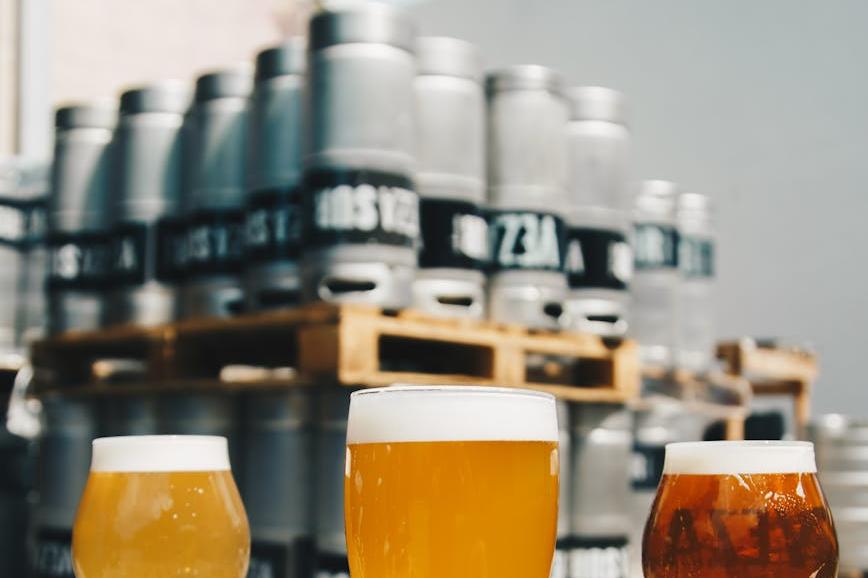- Shanghai Zhongshen International Trade Co., Ltd., with 20 years of experience in foreign trade import and export agency services.
- Service Hotline: 139 1787 2118

Why does your beer always get "stuck" at customs?
Last summer, an importer's craft beer worth 800,000 yuan was detained at the port for 28 days simply because the Chinese label printed "original wort concentration" as "original malt concentration." This case, which cost a tuition fee of 32,000 yuan, reveals:Importing beer is a technical task, and even more so a battle of details..
The Three Major Particularities of Beer Importation
- The "Alcohol Trap" in HS Codes:
- Malt beer (2203.00) benchmark tariff 20%
- Other fermented beverages with an alcohol content >0.5% (2206.00) may be subject to tariffs of up to 40%.
- The "special attention targets" of the customs officer:
- New regulations in 2025 require 100% registration rate for beer importers.
- The alcohol content detection error must be <0.5% vol.
- Breathing Cargo:
- The transportation temperature must be maintained between 5-25°C throughout the entire process.
- The storage time away from light should not exceed 45 days.
Four Steps of Customs Clearance Process (Including Time Cost)
| Stage | Key actions | Common time-consuming tasks |
|---|---|---|
| Preparation period | Filing of Consignor and Consignee, Pre-approval of Chinese Labels | 5 - 7 working days |
| Declaration period | Document review, tax payment | Handling of Pre - approval |
| Inspection period | Quality inspection, label verification | 2 - 5 working days |
| Release period | Cold chain transportation connection | 1 working day |
Four deadly "beer traps"
- Document pit:Additional Belgian beer is required.Certificate of Hop Variety
- Label pit:The labeling method of "Expiration date see bottle cap" has been listed as prohibited language for 2025.
- Logistics pit:Ocean shippingMissing temperature records for the container will result in the entire batch being returned.
- Tax Pitfalls:Craft beer is often mistakenly classified under the "other alcoholic beverages" tax category.
Four Identification Marks of High-Quality Agents
A case from last year where we successfully assisted a client in appealing a misclassification demonstrates that professional agents should possess:
- Beer-Specific Declaration Template:Special declaration system containing 21 mandatory elements
- Cold Chain Visualization System:Real-time monitoring of container temperature/humidity/light
- Emergency response kit:Including spare Chinese labels, testing consumables, etc.
- Tax Rate Simulation:Simulate in advance the tax differences under different filing methods.
Three Clever Ways to Save on Costs and Boost Profits
- LCL Art:Share cold chain costs by consolidating with temperature-controlled goods such as olive oil.
- Tariff leverage:Leveraging the RCEP agreement, Japanese sake barrels and craft beer are declared as a combined item.
- Peak season staggered travel:Importing during March-April each year can save 15%-20% in shipping costs.
When Craft Beer Meets Customs: Lessons from Real Cases
When a certain American craft brewery first entered the Chinese market, it failed to indicate"Secondary Fermentation Process"Additional process documentation was requested. Professional agents successfully prevented the return of goods worth 1.2 million by submitting 28 documents, including fermentation tank pressure records and yeast addition logs.
Remember:The customs clearance of imported beer is not about document handling, but a technical game.. Choose a partner who understands beer, ensuring every craft brew arrives at the table with a foamy cheer.
Recommended for You
? 2025. All Rights Reserved. Shanghai ICP No. 2023007705-2  Shanghai Public Network Security Record No. 31011502009912
Shanghai Public Network Security Record No. 31011502009912










